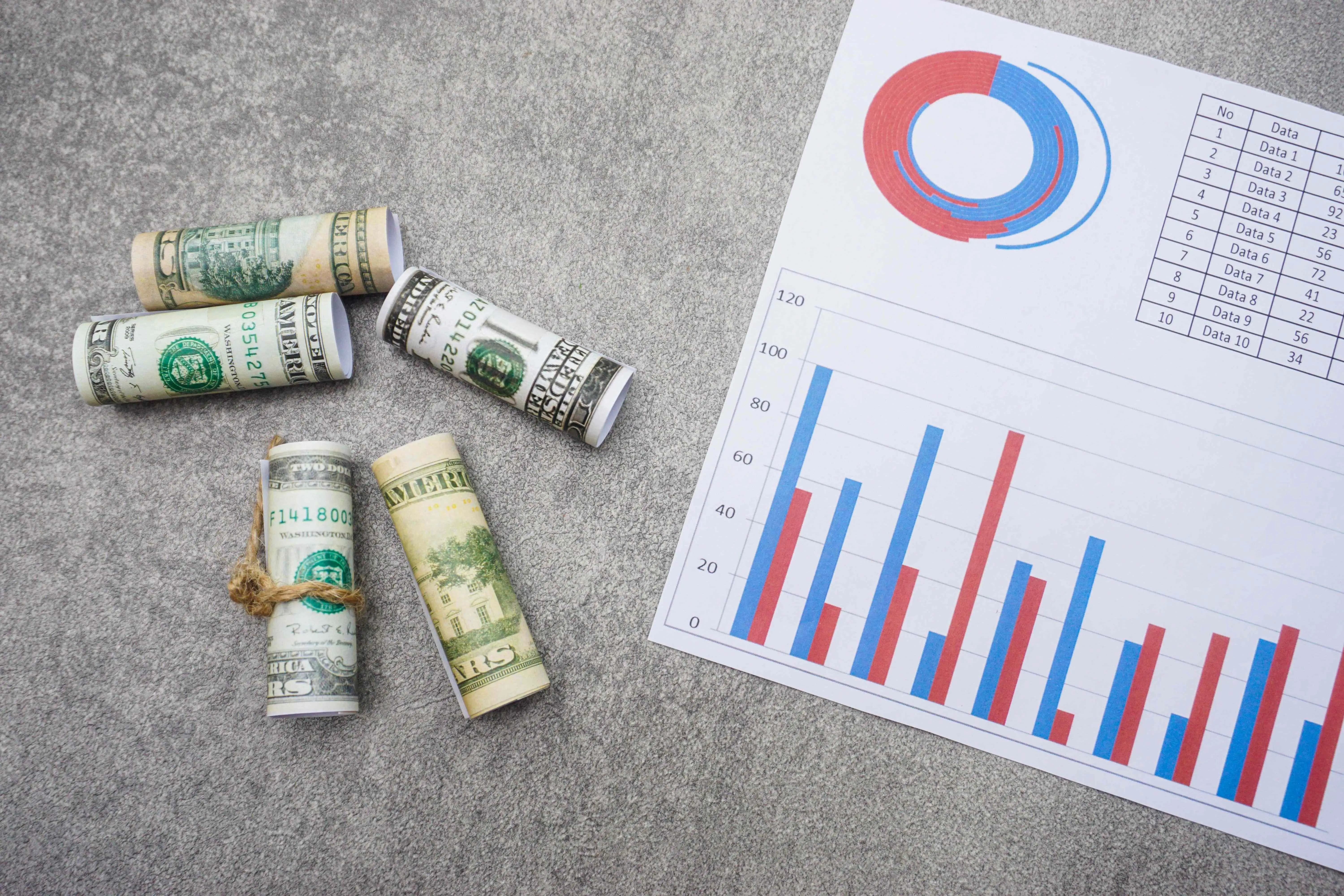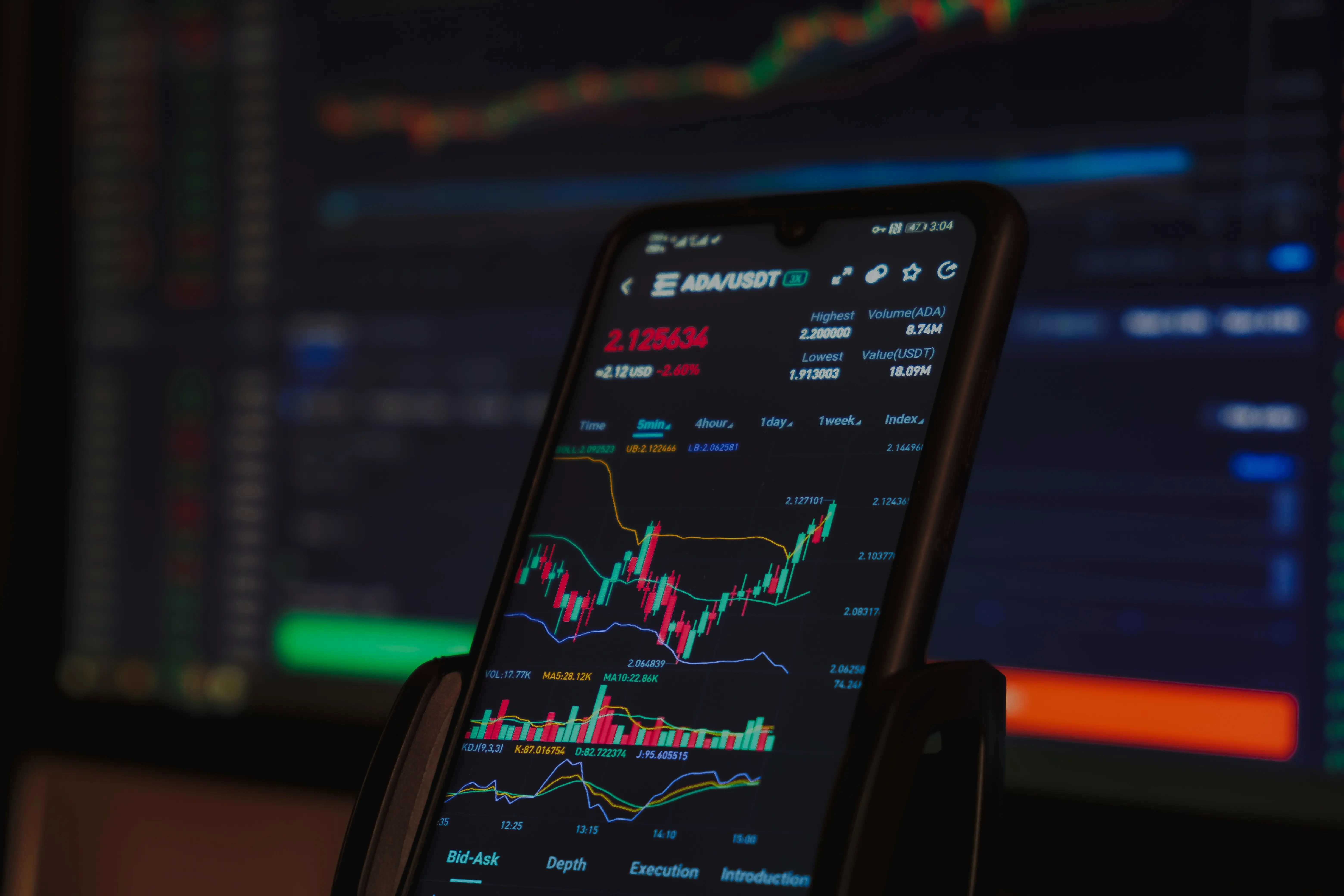Dividend Investing: The Risks Behind High Yields
18:00 October 4, 2025 EDT
Dividend investment strategies aim to generate a stable income stream through a company’s regular dividend payments. However, a high dividend yield is not always a reliable indicator of a safe investment; in many cases, it may signal the presence of a dividend trap.

When a stock offers an attractive but unsustainable dividend yield, investors face not only the risk of dividend cuts but also the potential for significant declines in the stock price. In recent years, several well-known companies with long histories of dividend payments have still reduced or suspended dividends, highlighting the risks associated with so-called “dividend traps.”
The Essence of a Dividend Trap
A dividend trap occurs when a stock attracts investors with a high dividend yield, but the company ultimately cannot sustain that payout, resulting in dividend cuts or suspensions. Typically, dividend reductions are accompanied by stock price declines, exposing investors to a dual loss of income and capital.
A high dividend yield does not necessarily indicate corporate strength. The dividend yield is calculated as “dividends per share over the past 12 months divided by the stock price.” Consequently, even if the dividend amount remains unchanged, a falling stock price will push the yield higher. This means that some high-yield stocks may actually be experiencing depressed share prices, reflecting profitability pressures, debt burdens, or industry challenges.

Dividend traps are particularly common in cyclical industries with volatile earnings, such as energy, shipping, and real estate. These sectors are highly sensitive to economic cycles, and fluctuations in corporate profits and cash flow increase the risk of dividend cuts.
The causes of dividend traps can be classified as internal or external. Internal factors include declining earnings, insufficient cash flow, or high leverage; external factors encompass economic recessions, intensified industry competition, or deteriorating market conditions. Historical data indicate that between 2005 and 2024, global companies with payout ratios above 100% had a 25% probability of cutting dividends, whereas those with payout ratios below 50% had only about a 5% probability. Moreover, during periods of market volatility, such as the 2020 pandemic or the 2022 inflation spike, the incidence of dividend reductions increased by more than 30%.
Having established the definition and causes of dividend traps, the next step is to examine specific cases to understand how they manifest in actual markets and their impact on investors.
Common Types of Dividend Traps
Since 2020, numerous well-known companies have cut dividends, highlighting the tangible risks of dividend traps. Walgreens Boots Alliance (WBA) reduced its quarterly dividend from $0.48 per share to $0.25 in January 2024, a steep 48% cut. Previously, its 2023 payout ratio had reached 290.91%, far exceeding actual earnings. WBA faced intensifying retail competition, underperforming merger integrations, and negative free cash flow, which contributed to a cumulative stock price decline of over 60% in 2024.
Similar situations occurred at Intel (INTC) and Shell (SHEL). Intel cut its dividend by 66% in 2023, reducing the quarterly payout from $0.365 to $0.125 per share, due to weak semiconductor demand and rising R&D expenses. Shell, meanwhile, reduced its dividend by 66% during the COVID-19 pandemic in 2020, lowering the first-quarter dividend to $0.16 per share—its first cut since 1945 amid a sharp collapse in oil prices.

Dividend cuts continued into 2024–2025. Carter’s (CRI) slashed its dividend by 69% in 2025, reducing the quarterly payout from $0.80 to $0.25 per share, citing tariff uncertainty and macroeconomic pressures. Xerox (XRX) adjusted dividends twice within six months, cutting a total of 90% due to failed digital transformation and declining revenues. ManpowerGroup and Wendy’s reduced dividends by 44%, driven by labor market volatility and weakening consumer demand.
These cases demonstrate that dividend reductions tend to occur in companies with high payout ratios, heavy debt burdens, and declining profitability. On average, share prices fall 15%–30% in the short term following a dividend cut.
McKinsey research shows that between 1995 and 2021, the number of large public companies cutting dividends each year was relatively low, with less than 2% in typical years. During the 2008–2009 credit crisis, the proportion exceeded 5%, and during the COVID-19 pandemic, it surpassed 15%. The consumer defensive and energy sectors accounted for the highest number of dividend cuts.
For example, 3M (MMM) ended its 67-year streak of consecutive dividend payments in May 2024, with its market value dropping roughly 10% after the cut. Shell’s dividend record, maintained since World War II, was interrupted during the 2020 pandemic. These cases underscore that past dividend histories are not reliable predictors of future payouts; rather, a company’s financial health, cash flow, and industry environment are the key determinants of dividend sustainability.
Methods for Identifying Dividend Traps
To effectively avoid dividend traps, investors can leverage multiple quantitative metrics to assess dividend sustainability. These methods, grounded in historical research and industry benchmarks, provide a systematic risk evaluation framework, helping investors identify potential risks in high-yield stocks.
1.Dividend Payout Ratio Analysis
The dividend payout ratio measures the proportion of net profits used to pay dividends. An ideal range is typically 40%–60%, providing a buffer against earnings volatility. Historical data from 2005 to 2024 show that companies in the top quartile of payout ratios have a 28% probability of cutting dividends, compared with just 4% for companies below 30%.

For example, Walgreens (WBA) had a payout ratio of 290.91% in 2023—clearly unsustainable. Investors should review a company’s five-year average payout ratio and compare it with industry peers, such as the consumer goods sector average of roughly 45%. Payout ratio analysis should also be combined with EPS trends; high payout ratios accompanied by declining earnings signal elevated risk. Integrating payout ratio analysis with other financial health metrics improves predictive accuracy.
2.Sustainable Competitive Advantage Assessment
A company’s enduring competitive advantage—such as brand strength, cost efficiency, network effects, or market barriers—underpins dividend sustainability. Data from 2005–2024 show that companies with strong competitive advantages cut dividends only 8% of the time, compared to 15% for medium advantages and 25% for no advantage.
Coca-Cola, for instance, leverages its strong competitive moat to maintain stable dividend growth, averaging an annualized growth rate of 5%. In contrast, Walgreens faces intense retail competition and fails to achieve returns above its cost of capital, placing it in the no-advantage category and increasing its dividend cut risk. Investors can evaluate competitive advantage using financial reports and industry analysis, integrating this assessment with credit risk metrics to form a comprehensive risk framework.
3.Distance to Default (DTD) Metric
Distance to Default quantifies the risk that a company’s asset value falls below its liabilities, accounting for stock price volatility and equity value. Higher scores indicate stronger financial health. Historical data (2005–2024) show that companies in the lowest DTD quartile have a 30% probability of dividend cuts, whereas those in the highest quartile have only 5%.
This metric can capture market signals before they appear on the balance sheet. For example, Walgreens’ low DTD score prior to its dividend cut reflected stock price declines and debt pressure. Combining DTD with payout ratio analysis provides a dynamic view of dividend risk.
4.Dividend Trap Score
The Dividend Trap Score integrates multiple indicators, including payout ratio, cash flow coverage, debt/EBITDA ratio, and earnings growth trends. Research indicates that scores above 50 signal elevated trap risk. High-scoring stocks from 2020–2025 had a 35% probability of dividend cuts.
Xerox (XRX), for instance, had a Dividend Trap Score of 65 prior to its 2025 dividend cut, exceeding the warning threshold. Score weights are: payout ratio 30%, cash flow coverage 25%, debt ratio 20%, and earnings trend 25%. This composite tool, when combined with other metrics, forms a multidimensional assessment framework.
5. Additional Supporting Metrics
Free Cash Flow Coverage: Free cash flow should be at least 1.5× dividend payments; coverage below 1× raises cut risk by ~20%.
Debt/EBITDA Ratio: Ratios above 4× indicate significant financial stress, as seen with Carter’s (CRI), which had a 5.2× ratio before its 2025 dividend cut.
Earnings Trend: Companies with two consecutive years of EPS decline have an 18% higher probability of dividend cuts.

These indicators can be sourced from financial statements and benchmarked against industry standards, enabling more precise dividend risk screening and informed investment decisions.
Sustainable Dividend Investment Strategies
To safeguard dividend income, investors should adopt a diversified strategy and emphasize forward-looking indicators, reducing the risk of dividend traps while optimizing long-term returns. Research shows that sustainable dividend yield indices in developed markets outperform the global average: in 2025, the index’s dividend growth rate reached 8.2%, above the global average of 6.5%. These indices exclude high-risk stocks, delivering an annualized return of 10.3% from 2020 to 2025, with dividend cuts remaining below 2% over the same period.
Diversification should include cross-industry allocation, limiting exposure to any single sector to no more than 20% to mitigate concentration risk. For example, the energy sector experienced dividend instability in 2024 due to falling oil prices; overexposure could materially impact portfolio performance. Exchange-traded funds (ETFs) offer a convenient vehicle for broad diversification. Data indicate that dividend growth ETFs with total assets of $158 billion reduced annualized volatility by roughly 15% through diversified holdings. Moreover, global dividend funds attracted $23.7 billion in inflows during the first half of 2025, highlighting the appeal of diversified dividend strategies even in a declining interest rate environment.
Forward-looking indicators are equally critical. Investors should base decisions on analyst-projected dividends rather than solely on historical payouts. Studies show that dividend growth models based on forecasts achieve up to 85% accuracy, far exceeding reliance on past dividends. Caution is especially warranted with high-yield ETFs, which often contain value-trap stocks; falling prices can inflate apparent yields, increasing investment risk.
Balancing Dividend Income and Total Return
Dividend investing can provide relatively stable cash flow, but ignoring dividend sustainability may expose investors to significant losses. Data show that strategies solely focused on the highest dividend yields underperformed the broader market by an average of roughly 3% in total return between 2005 and 2025, illustrating that high yields do not necessarily translate into optimal long-term returns.
In contrast, strategies that employ quantitative screening—integrating payout ratios, company competitive advantages, and distance-to-default metrics—can increase the probability of maintaining dividends by more than 20%, effectively reducing the risk of dividend cuts.

Although technology stocks have recently dominated market performance due to high growth, dividend stocks have remained resilient over the long term. Statistics indicate that dividend-paying equities delivered an annualized return of approximately 9.5% over the past two decades, with volatility lower than the overall market, reflecting superior risk-adjusted performance.
Therefore, when constructing portfolios, investors may prioritize total return over yield alone, while incorporating quantitative screening tools and diversification strategies. This approach balances income and risk, supporting long-term, sustainable investment objectives.
Disclaimer: The content of this article does not constitute a recommendation or investment advice for any financial products.

Email Subscription
Subscribe to our email service to receive the latest updates
